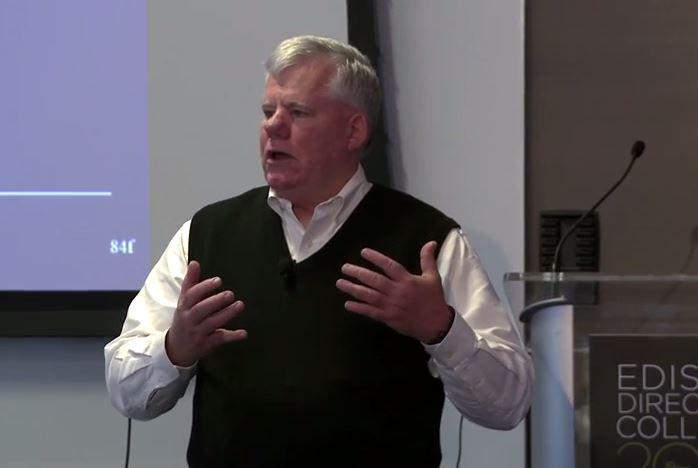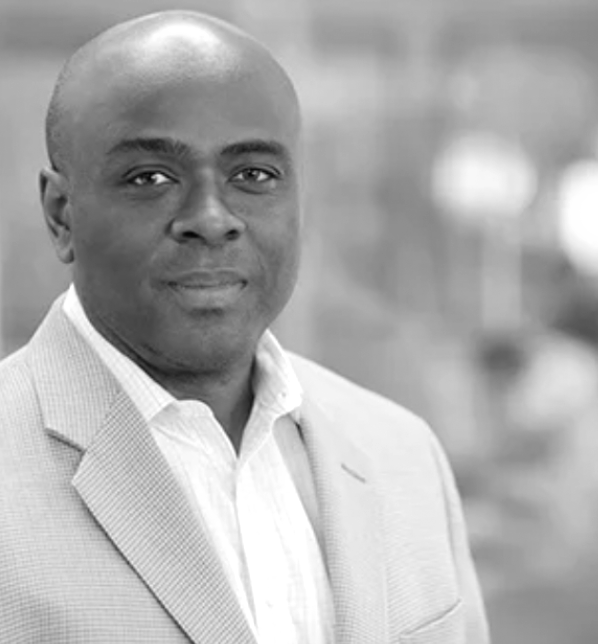 We had the great privilege of having Dr. John Sullivan, the “Michael Jordan of Hiring,” as part of the curriculum at this year’s Edison Director College. Dr. Sullivan’s session, “Aggressive HR and the Bleeding Edge of Recruiting Talent” was, in my opinion, one of the most enriching sessions of the day. Watch the full session on YouTube.
We had the great privilege of having Dr. John Sullivan, the “Michael Jordan of Hiring,” as part of the curriculum at this year’s Edison Director College. Dr. Sullivan’s session, “Aggressive HR and the Bleeding Edge of Recruiting Talent” was, in my opinion, one of the most enriching sessions of the day. Watch the full session on YouTube.
Venture-backed companies are typically built on new ideas and new processes that deliver value to users and shareholders; and all too often, the presumption is that those ideas are the key to growth and success. The importance of talent, particularly top talent, cannot be overlooked as a (if not THE) key component to company success.
Dr. Sullivan's session followed his 10 principles for recruiting and retention covering a myriad topics and providing many outstanding statisics. To me, the most mind-blowing statistic: the top 1% of a company’s workforce produces 5% of that company’s output. And the top 5% produce 26%. Given these numbers, it’s clear that top performers are a bargain, almost without regard for their salaries, and losing these key employees can be crippling for an organization of any size.

There are five key lessons executives can learn from Dr. Sullivan's research.
Lesson # 1. Hire "A" Players. "A" Players need to be a priority because “A” players are only attracted to workplaces where they see other “A” players. If you were to hire a "B" player, not only would it not attract "A" players; on the contrary, would attract "C" players. According to Dr. Sullivan, “'A' people smell ‘B’ people from a mile away,” and in a startup, weak hires have a much bigger impact. They learn slowly, have a high error rate, slow down product development, and aggravate the top performers.

Which leads us to another lesson:
Lesson # 2. Make Retention A Priority. It is important to note that top employees are driven by the impact that they can have on an organization and/or its customer base. Money is not a top employee's ‘Number 1’ motivator. It’s not even 'Number 2.' They want to be challenged, hence, their interest in working with other “A” players.
Also, losing talent comes at a price. If you look at the overall business impacts, the cost of turnover may be up to 5X the employee's salary. Losing top talent disrupts projects, takes months to replace, and your customers will notice. Not to mention, they may go to a competitor, and/or bring other teammates with them.
Lesson #3: Hiring Successfully. Dr. Sullivan suggests the following three tactics will increase the likelihood of hiring success:
- Utilize video interviews so that more candidates can be interviewed for the position.
- During the interview, give the candidates a real problem to solve.
- Have the candidates discuss the future of the industry.
Employers need to test the thinking ability of candidates. His extensive research has revealed that high GPAs and test scores were NOT actually good indicators of success. In fact, the best indicator is the ability and desire to learn and to do so rapidly. Speed is a factor. Great recruiting is data driven in nature and can be updated as additional data is accumulated.
Lesson #4: Do Not Cut Corners. Top companies view recruiting as more than a strategic asset -- as a strategic business unit. Google has one recruiting manager per 65 employees and the CEO still meets every hire. This is critical for maintaining its strong culture. Forty-five percent of new employees FAIL within 18 months, a staggering statistic that perpetuates mediocrity as companies have to constantly fill the operational voids created by these departures. Organizations, particularly rapidly-growing organizations, cannot cut corners on recruiting.
Lesson #5: Take Risks & Referrals When Hiring. Not surprising, Dr. Sullivan's research shows that the best new employees come from referrals. He posed the question to the group, "Why would you not pay an employee the same 'finder’s fee' that you pay a head-hunter?"
He also encouraged executives to take risks when aiming to attract resources from competitors. BusinessWeek found that HR employees are among the lowest risk takers, when it is critcal for HR folks to be aggressive in their recruitment tactics, and communication of the opportunity and impact that 'A player' candidates could have.
All in all, Dr. Sullivan’s session lifted the expectations that Board Members and CEOs will have of their talent management resources and initiatives going forward. Watch the video for these and other actionable ideas for growth-stage businesses.
“The War on Talent really is a War and companies must be prepared to fight!”
- Dr. John Sullivan


